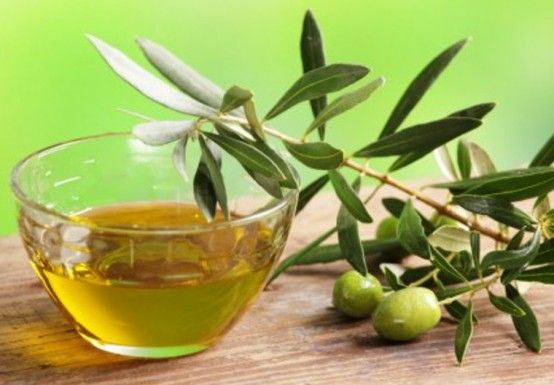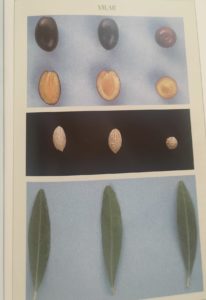Internationally, there are a total of 11.6 million hectares of olive groves in 66 countries around the world, and their products, table olives and olive oil, are consumed in every country on the planet (198 according to the UN).
According to data from the International Olive Council, there are more than 1,000 varieties of olive trees on the planet, but only a little more than 150 are regularly cultivated to make table olives and produce olive oil. Of these, the Council estimates that some 140 varieties, grown in these 66 countries, account for approximately 90 percent of the world’s olive production.
Making up the remaining 10 percent, there are a number of minority varieties that are generally used locally to produce both table olives and olive oil, and sometimes there are varieties with dual suitability.
Focusing on the Valencian town of Genovés, in the region of La Costera, there is a variety called Vilar, with aptitude for the production of olive oil, of medium productivity and a high resistance to the detachment of the fruit, all according to the manual Variedades de olivo cultivadas en la comunidad Valenciana, edited by the Generalitat de Valencia.
It is a tree of great vigor, weeping growth habit, and medium crown density, with a fruit that resists fruit detachment, and a high average size, which concludes with an apex, similar to the case of the picual variety.
Generally the varieties existed before humans baptized them, therefore, this variety of olive tree that owes its origin to the nature of the tree itself, received this name, due to the place where it was, or to the person who, even without planting it, or began to cultivate it, noticed its uniqueness identifying it with, possibly his own surname, or place of origin, in this case VILAR, a way of enduring in time, even after our forced and necessary absence, which will reach us all, without a doubt.


